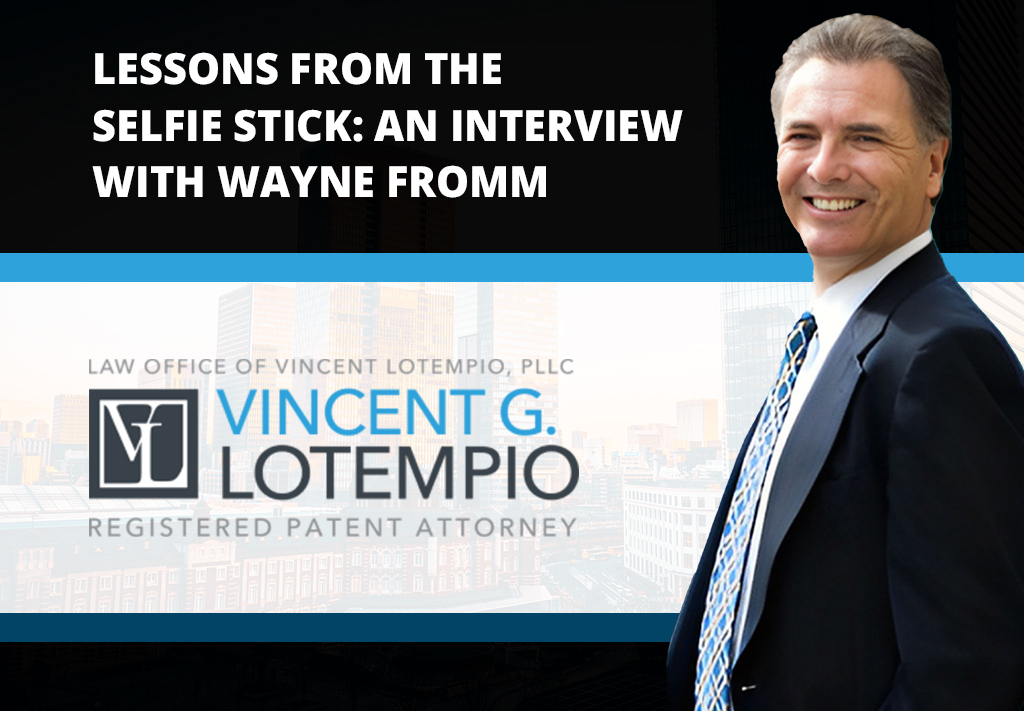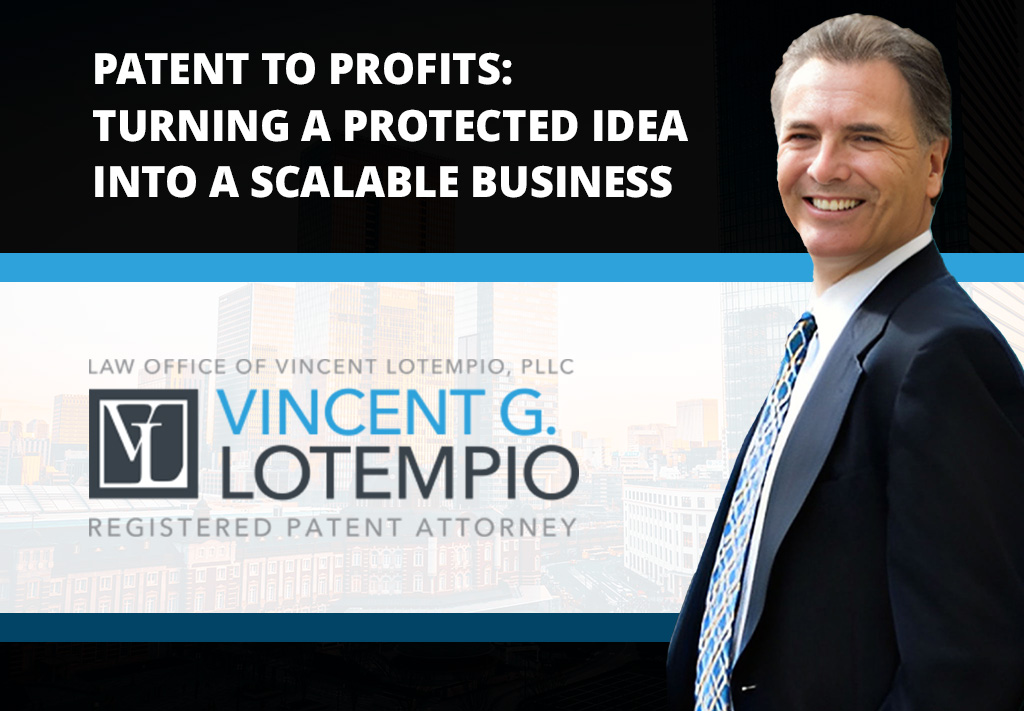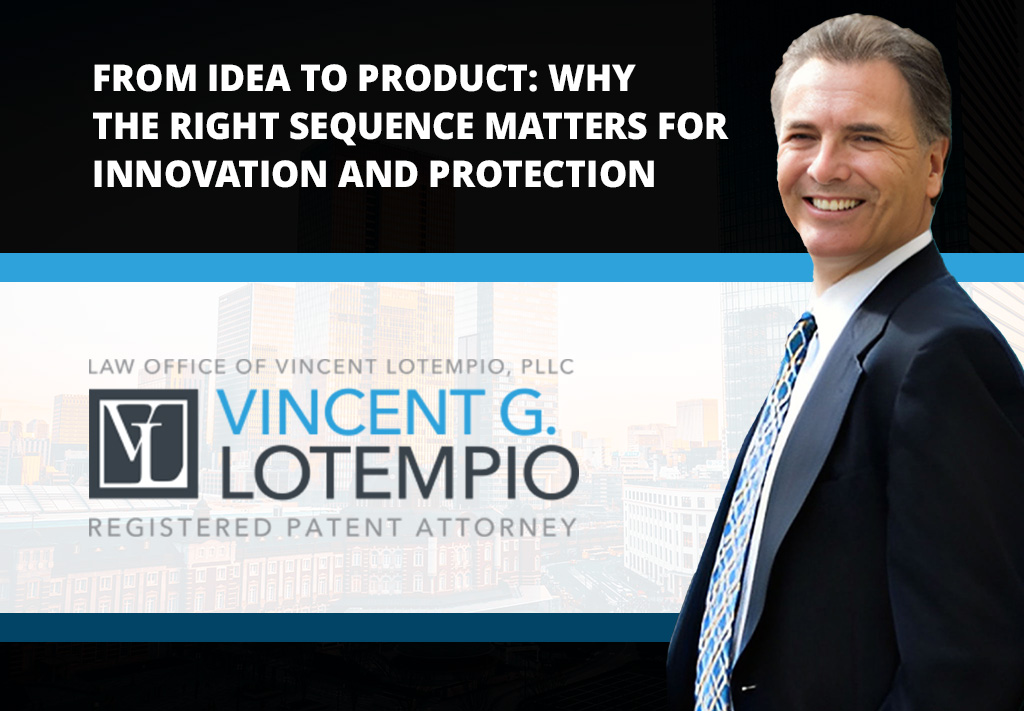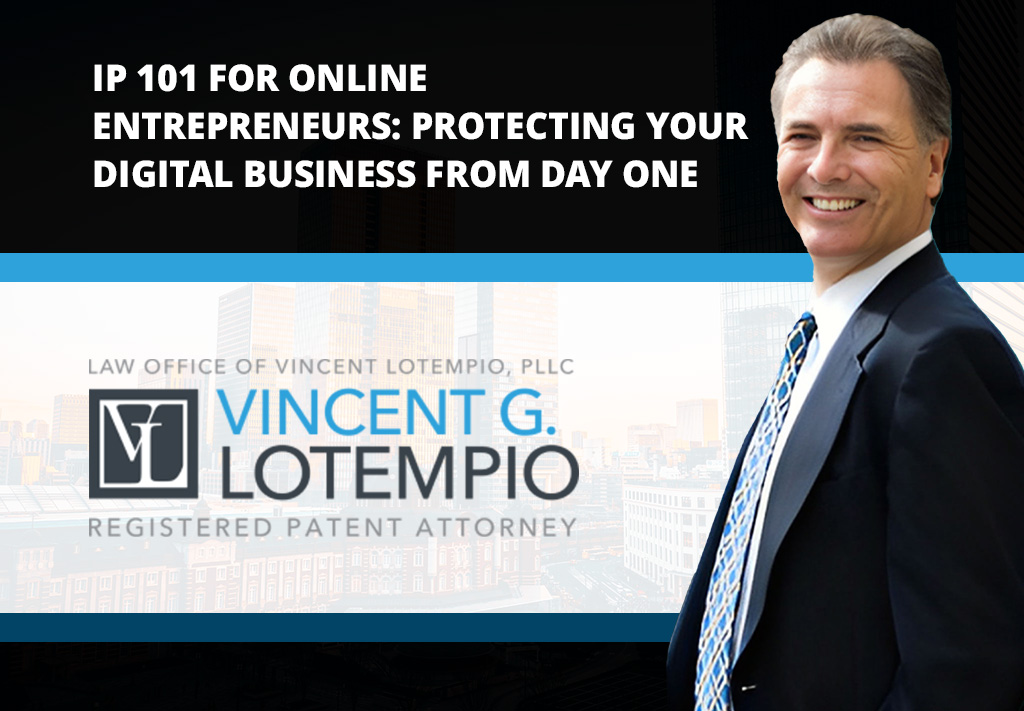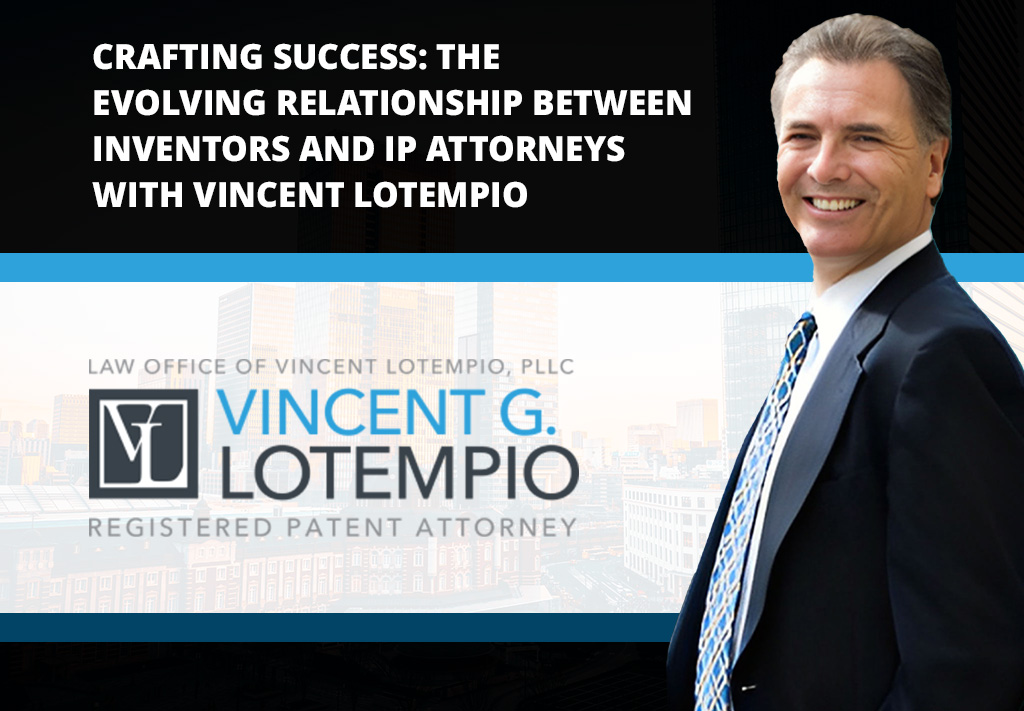Amazon and the new brand registry.
Amazon has become undoubtedly one of the largest, if not the largest, online retailer of goods and services. From cooking supplies to the latest televisions, you can purchase almost anything on Amazon. Not only can you buy almost anything, you can also become a seller on Amazon.
Sellers on Amazon can sell name brand goods or they can sell products under their own brand. But whether it’s a brand that has world-wide recognition or a brand that just started, practically all brands can be subject to appropriation in some way shape or form.
Brands, although not a tangible, are just like any other asset that need protection. So whether the branded product is sold through a brick and mortar store like your local Wal-Mart or an online platform, the brand itself still needs to be protected.
How can a brand attain protection if it’s not a tangible thing?
A brand would be considered intellectual property since it’s something that is intangible like an idea but still considered property in a way because it’s a possession. However, different from real property, more than 1 person can possess the intellectual property without depriving it from another. For example, you have an idea. But at the same time, your friend also can have the same idea. Your friend having the same idea as you won’t deprive you of the idea itself in anyway. Applying that concept to brands, more than one person can have a brand idea without depriving anyone else of that brand idea.
There is a special a special area of law specifically designed to protect brands. This special area of law is called trademark law.
What is trademark law?
Trademark laws protect words, symbols, and things that can serve as a source identifier. Generally, trademark law gives the trademark holder the exclusive right to use the trademark. Moreover, trademark rights are generally last “forever” as long the trademark holder does everything needed to maintain their rights.
How does a brand qualify for trademark protection?
However, trademark rights can be infringed. Infringement can occur when someone uses a mark that is similar or identical to the trademark without authorization.
What can be done to stop infringement?
Generally, some legal action may be needed to stop the infringement. This can occur through settlement negotiations or legal proceedings such as trial. But, that can be extremely expensive for the trademark holder. Legal costs to enforce trademark rights can be in the thousands if not in the millions. However, Amazon unveiled a new alternative to combat trademark infringement.
Amazon Brand Registry
Amazon initiated a new program called “Amazon Brand Registry.” As stated on their website, “Amazon Brand Registry enables you to easily find content in different Amazon stores. Search for content using images, keywords, or a list of ASINs in bulk and report suspected violations through a simple, guided workflow.”
Click here to see more of the Amazon Brand Registry.
How does it work?
Amazon on their website said “[o]ur automated protections use information about your brand to proactively remove suspected infringing or inaccurate content.” Also stated on the Brand Registry Website, users can help Amazon prevent infringement by identifying product listings that are not theirs, pointing out images and products that are unauthorized to use the trademark, and various other things. Having Amazon assist users in preventing infringement is extremely helpful in not only helping a brand grow, but ensuring the trademark holder does not lose as much revenue and profit.
To see the list of added benefits, click here.
How is this an improvement?
Generally, it is difficult for a large retailer platform to find and stop every single person selling infringing products. There are tens of millions of people selling goods world-wide on Amazon, so it would be impossible to monitor each and every infringing seller. But having the retailer platform and seller work together can drastically help the trademark holder enforce their rights and protect their assets. Having another set of eyes that specifically look out and protect a brand can make it so much easier for the retailer platform to take the appropriate action.
Moreover, it’ll probably save the seller some money in protecting their rights. For example, some sellers will not cease their infringing conduct and simply disappear after being confronted. They then come back under a new name and continue the infringing conduct. Trying and find these sellers who may be anywhere in the world is extremely expensive. You would need investigators and all sorts of other types of experts and professionals to find them.
Why not bring it to court?
Bringing a case to court can potentially stop an infringer usually after the plaintiff demonstrates injury.
But with Amazon Brand Registry, it seems that the Brand Registry can potentially prevent injury even if an infringing seller sells under a different name. Additionally, bringing a case to trial can be extremely expensive and could cost thousands if not hundreds of thousands to try the case against each and every infringer. Not only is bringing the case to court expensive, but litigation can be extremely time consuming and may take years to finish and come to a close.
What do you think about Amazon’s Brand Registry? Leave a comment below to let us know what you think!
Interested in more intellectual property? Here’s a video.
Sign up today!
Does this article interest you? Subscribe to the LoTempio Law email newsletter to receive posts and updates just like this conveniently in your email box!
If you’ve enjoyed this blog post, we have lots more where this came from, including an Inventors Guide Video Series where we help you turn your good idea into a profitable invention, and tons of other great content. Simply enter your email address and hit sign up and you’ll get everything, including blog posts like these, conveniently in your email box!
Have any questions? Give us a call at 1-800-866-0039. Consultations are FREE.
Disclaimer: This article is not legal advice. It is only for educational or entertainment purposes only. Please do not use the article or contents of the article without permission. For legal advice and questions, please contact registered Patent Attorney Vincent LoTempio.

